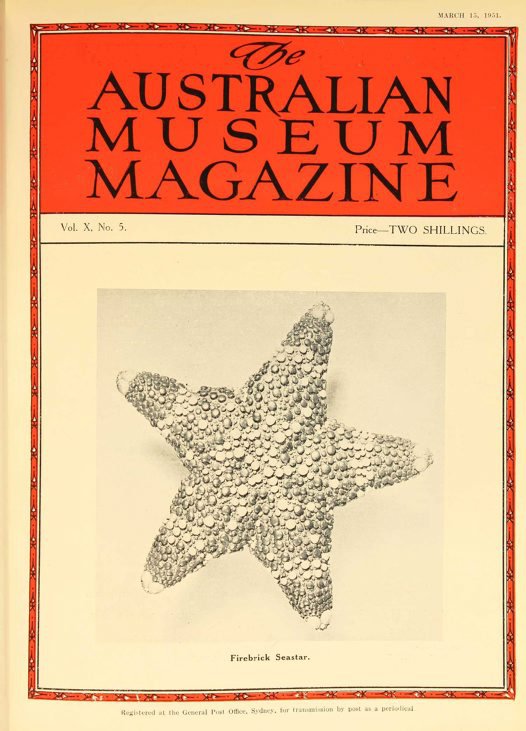Digitising 40 years of the Australian Museum Magazine
Until recently, if you'd wanted to view an issue of the Australian Museum Magazine from 1921-1961, you would have had to browse through one of the 13 leather-bound volumes stored in an elegant cabinet in the Archives and Records unit.
That's all changed with our project to digitise and make accessible 40 years of magazine articles ranging from cannibalism in snakes, to the origins of basket-making in Cape York, and the 1923 archaeological digs in Egypt.
We sought the assistance of the DigiVol lab at the Museum to help us manage the workload and scope of the job which comprises approximately 6,000 electronic files (page scans and stitched PDF/As). Stage 1 saw the launch of the Australian Museum Magazine from 1921 - 1942. (NB: since this blog post we have now successfully completed and uploaded all issues of the Australian Museum Magazine from 1921 - 1961).

© Australian Museum
Staff in the DigiVol lab have created an environment for digitising both objects and publications and documented best practices in their comprehensive Guide to Handling and Digitising Archival Material.
The unit has trained and supervised volunteers to capture each magazine page and tweak any distortions in Photoshop. The pages for each issue have been stitched together in Acrobat and saved with an OCR layer so that they can be keyword searched and also read out by a screen reader if necessary. The final step sees the file output to PDF/A format, the ‘A’ is for ‘archive’, a standard for long term preservation.
It’s an ongoing process and work doesn't stop once the magazines have been digitised – keeping them stored on a server is like locking them away in a cupboard – which is why we’ve put the magazines up on our website and will be providing further access through a range of databases, social networks and open data initiatives in the future.
If you'd like to contribute to the Museum's digitisation projects, please contact the DigiVols, or share your own digital archiving experiences with us.

